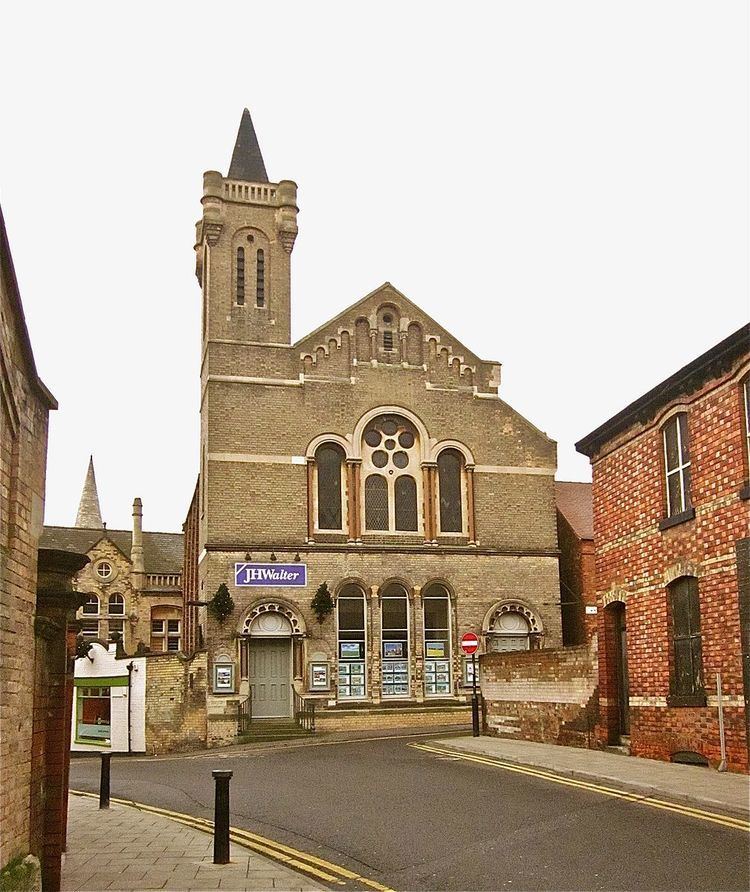Nationality English Died February 1913 | Occupation Architect | |
 | ||
Practice Drury and Mortimer. After c.1895 William Mortimer and Son. Alma mater Lincoln Christ's Hospital School | ||
William Mortimer (1841/2-1913) was an architect working in Lincoln from around 1858. He also played for the Lincolnshire County Cricket team.
Contents
Career.
Mortimer was born in Terrington, Yorkshire in 1841/2 and educated at the Christ’s Hospital School, Lincoln and by 1858 was working as an architect in Lincoln. He played cricket for Lincolnshire against the All England Team in 1861 and 1862. From about 1870 or earlier he was in partnership with Michael Drury as ‘‘Drury and Mortimer’’ until about 1880. After about 1895 he was in partnership with his son as ‘‘W. Mortimer and Son’’. In 1889 he had his offices in Unity Square, off the Broadgate in Lincoln and in 1896 the Address is given as the Oddfellows Hall. From c.1895 he was working with his son William M. Mortimer. Later his son formed the partnership ‘‘Mortimer and Davis’’ of Lincoln which lasted until 1935. The contract ledgers seem to indicate two offices between March 1905 and May 1911, with presumably his son undertaking developments in Colchester and Romford, Essex. Work in Norfolk and Huntingdon is also recorded. No entries are recorded between August 1914 and February 1920.
Family
He married Frances Harrison of Boston (her father was a baker and corn merchant) in Boston in 1866. They lived at Walnut Cottage, Motherby Hill, Lincoln.
